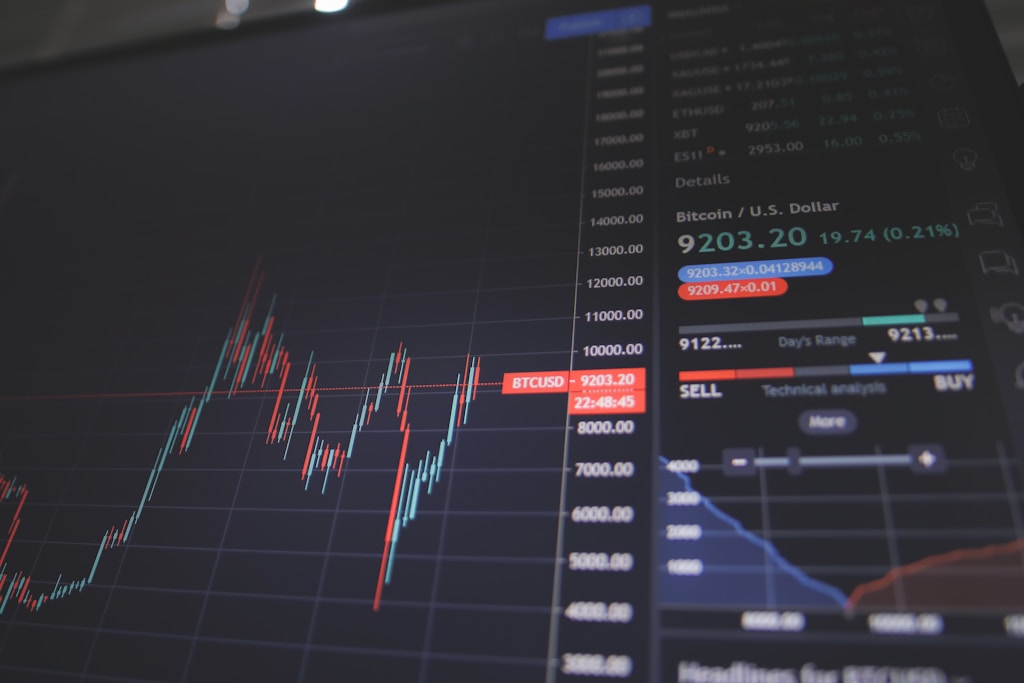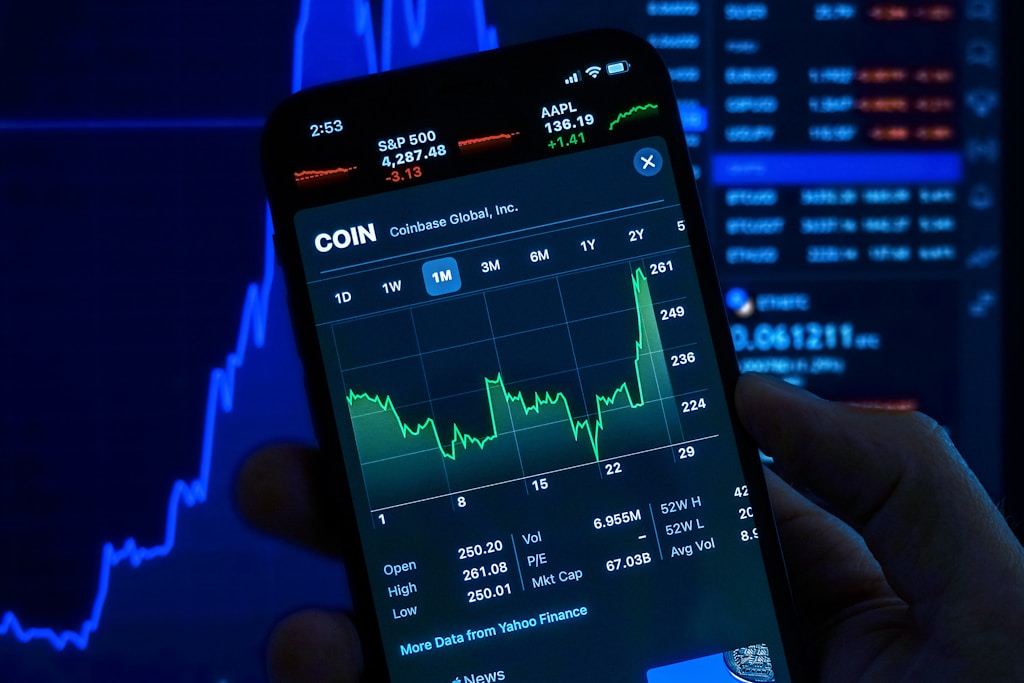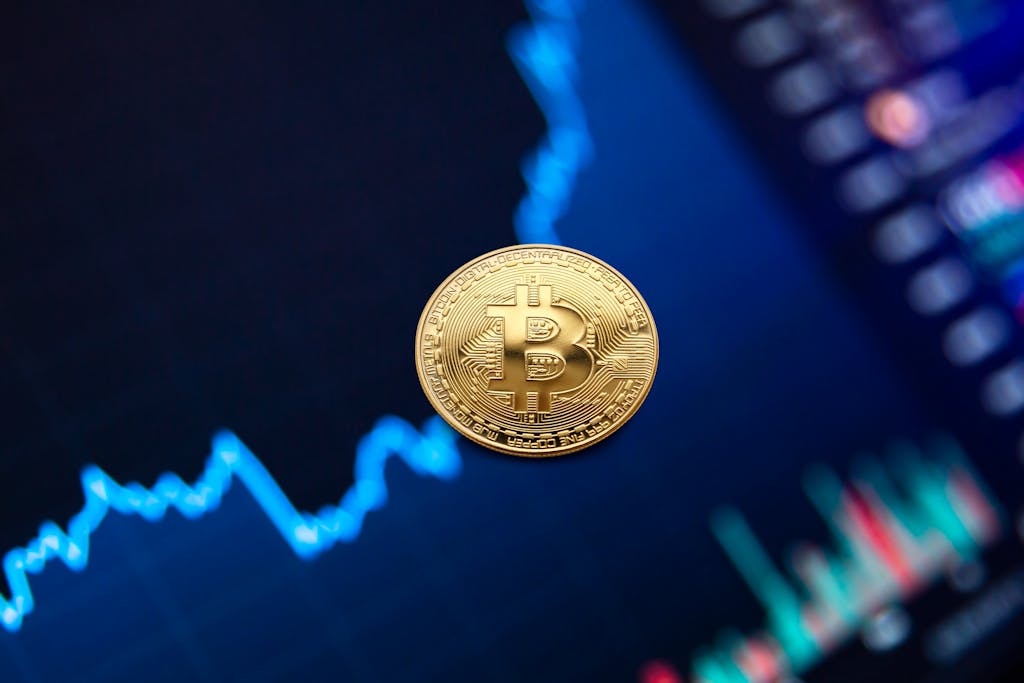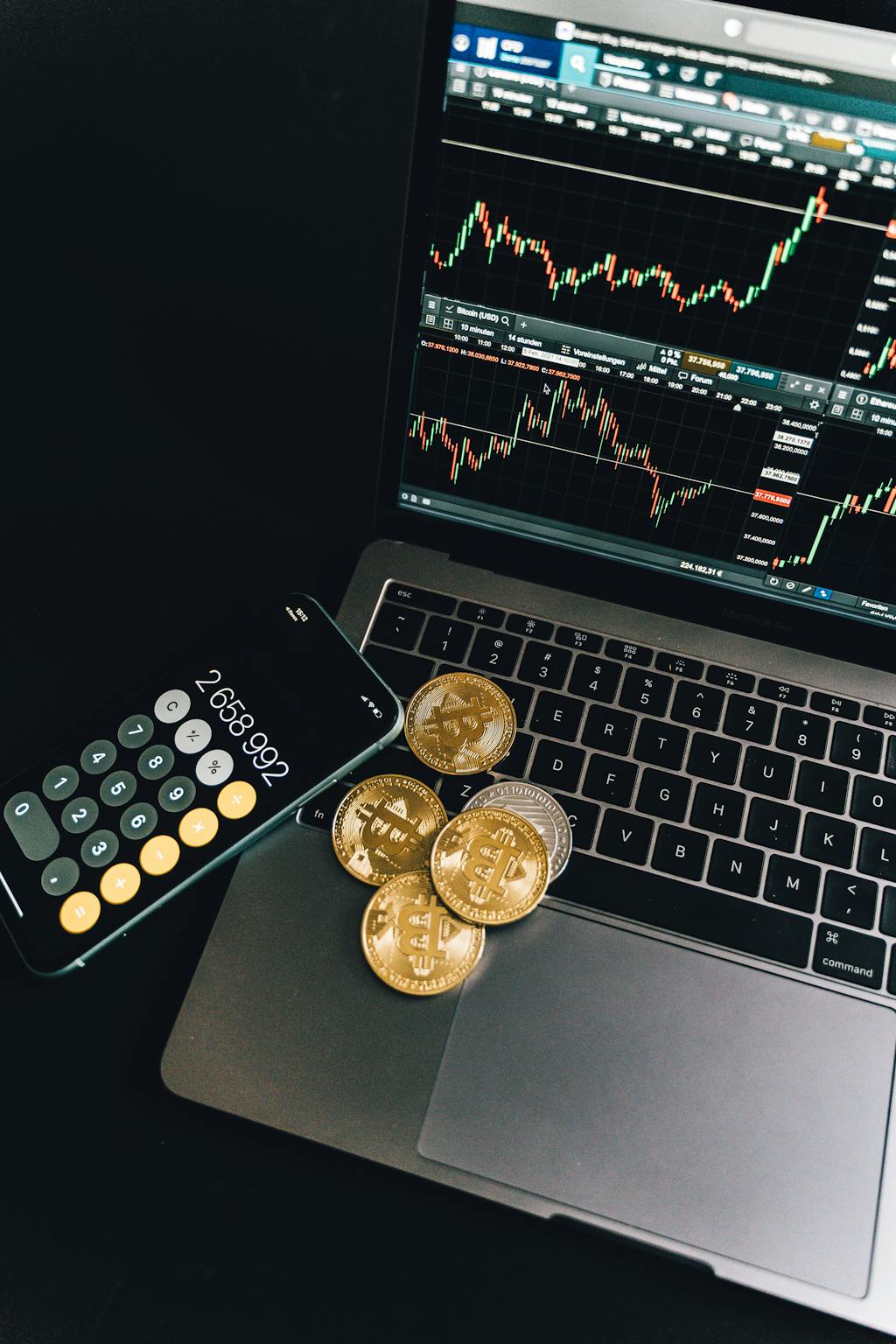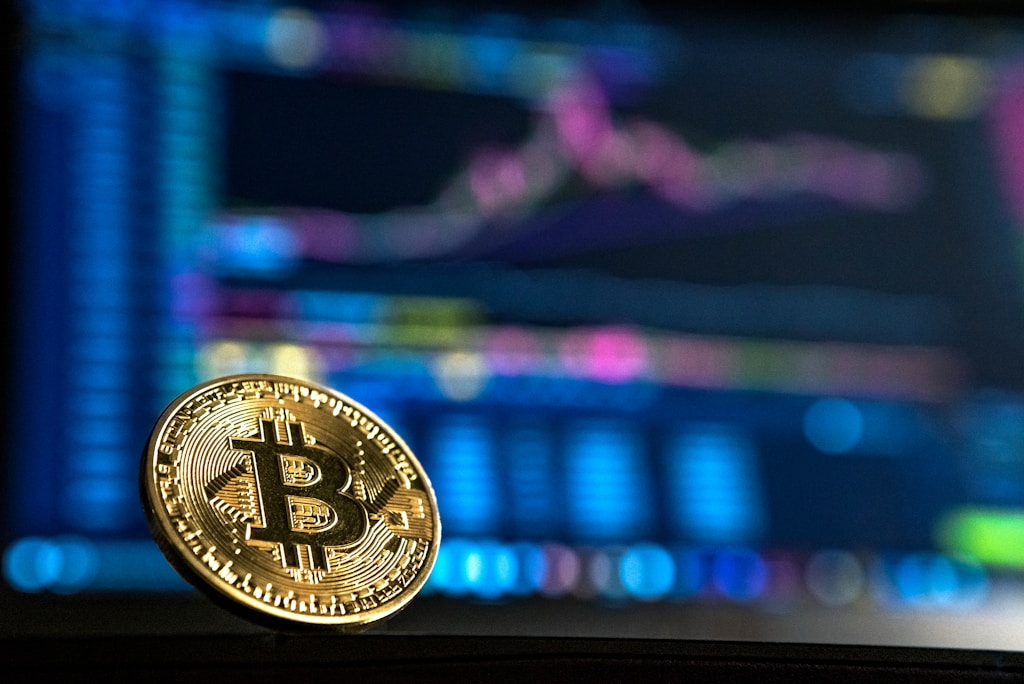The crypto and fintech sectors are poised for a major transformation in 2025 as several industry giants prepare to go public. Leading the charge is Circle, the stablecoin issuer behind USDC, which formally launched its IPO on May 27 with plans to raise $624 million at a nearly $6 billion valuation.
Circle’s Strategic Move to Public Markets
Circle’s decision to pursue an IPO rather than potential acquisition offers from Coinbase or Ripple marks a significant milestone for the crypto industry. The company, which manages over $50 billion in reserves, will trade on the NYSE under the ticker symbol CRCL. This move comes as Circle’s IPO valuation recently soared to $7.2B as the USDC issuer raises its target.
Key Players in the 2025 IPO Pipeline
- Klarna: Seeking $1B at $15B valuation
- Chime: Targeting $832M raise at $11.2B valuation
- Stripe: Potential IPO at $91.5B valuation
- Slide Insurance: Aiming for $300M raise
Market Impact and Industry Outlook
The upcoming IPO wave could unlock significant liquidity in the crypto and fintech sectors. Global fintech funding has declined from $127.7B in 2021 to just $36B in 2024, making these public offerings crucial for market revival.
FAQ
Q: How will these IPOs affect the crypto market?
A: Successful IPOs could increase institutional confidence and unlock new funding streams for crypto projects.
Q: What makes Circle’s IPO significant?
A: As the first major stablecoin issuer to go public, Circle’s IPO could set precedents for crypto company valuations and regulatory frameworks.
Q: When are these IPOs expected to complete?
A: Most companies are targeting mid to late 2025, with Circle leading the pack in Q2 2025.
